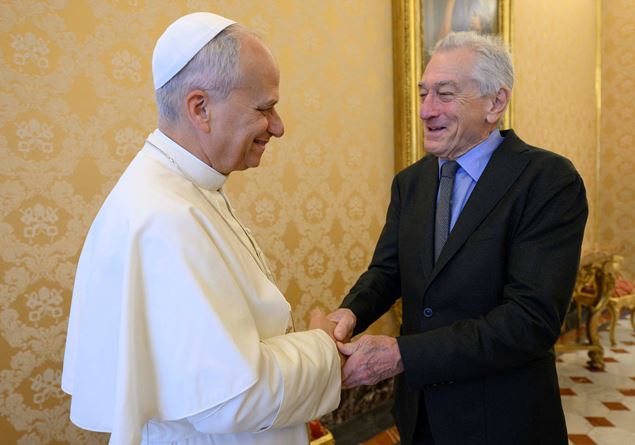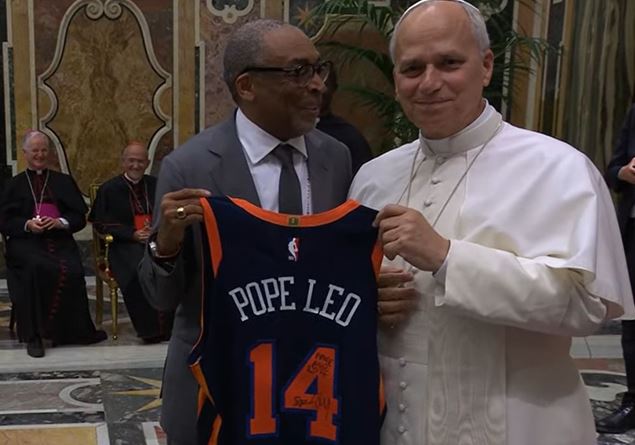by Enzo Natta
Roberto Benigni is back and he’s back with a rather unusual film, of which the advertising trailers were careful not to reveal the true identity. And so what at first seems like one of the usual cheerful and surreal stories of a lunar puppet, half Pierrot and half Pulcinella, full of gags and farcical gimmicks, at a certain point completely reverses course to undergo a dramatic metamorphosis. So here are the Nazi concentration camps, the Holocaust, a father who, in order to avoid even the slightest trauma to his little son, convinces him that life inside the concentration camp is nothing if not a great game with an attractive final prize up for grabs.
Benigni’s admirers will find this new performance of his quite unusual, where, even if the form remains almost identical, the substance radically changes. Having abandoned the terrain of the comedy of errors (Johnny Stecchino, The Monster), Benigni and the faithful screenwriter Vincenzo Cerami experiment with new paths. The model they refer to is the one preferred by Chaplin who, to accentuate the contrast between innocence and abuse, superimposes his comic vis in a dramatic context.
Do you remember the candid Jewish barber of the Great Dictator? Life is Beautiful recalls that film not only for the background in which it takes place, but also for the marked gap between a world of brutality, hatred and intolerance on the one hand and one of joyful serenity, even in the most difficult moments, on the other. Two conceptions of life, in short, where the opposing ethical values are so strident as to make the comparison funny. Life is Beautiful then finds another point of reference in Jona who lived in the whale by Roberto Faenza (from the novel by Jona Oberski) and more precisely in framing a sad reality through the eyes of a child. Eyes that in Benigni’s film transform even the most painful aspects of life into a game.
This playful vision of existence and this pedagogy of optimism are the round arch of Life is Beautiful. This time will it hold up to the weight above it? Some creaks are inevitably heard. Even if Benigni and Cerari avoid the use of easy emotion and key scenes, when the film reveals its cards the instinctive laughter fades into a smile and the smile is almost always bitter.
But, apart from the somewhat shaky direction by Benigni himself, Life is Beautiful passes the test.
And it surpasses it for its message of hope, for its explosive vitality, for its faith in man. Who will be saved thanks to laughter.










